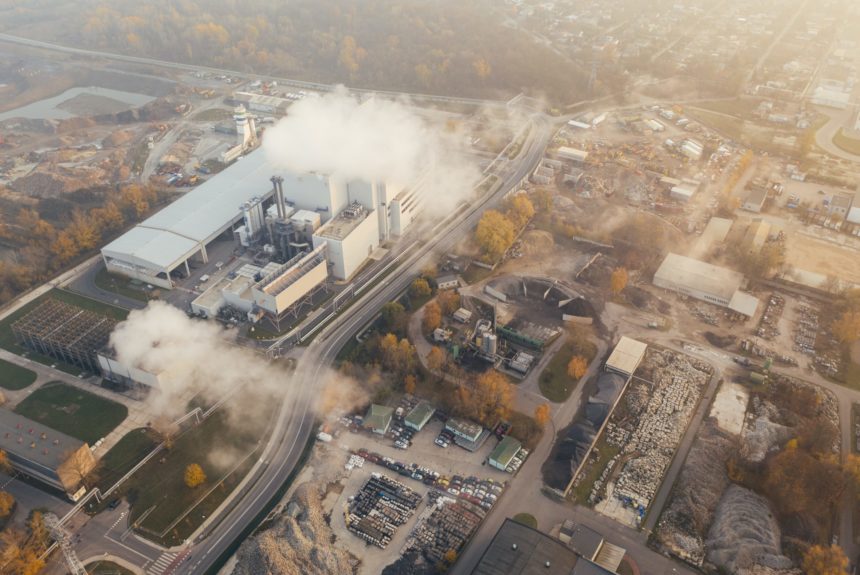Clarkson University writes on Phys that waste milk could be used to reduce carbon emissions.

Clarkson University believes that they have found a way to reduce carbon emissions in power plants by using excess milk to absorb or scrub carbon from the output of the power plant. Globally, milk is produced at a surplus. Finding a way to use this extra milk to reduce emissions may be an innovative and effective way to combat climate change.
“‘Our challenge was to create an inexpensive ‘green’ activated carbon,’ says co-author Associate Professor of Chemistry & Biomolecular Science and Kodak CAMP Distinguished Professor Mario Wriedt. ‘Powdered milk can be converted into advanced activated carbons with the right porosity and surface chemistry to adsorb the CO2, allowing much better control than with the current materials used for this process, like coconut shells or coal.’”
Read the full article here.
The views and opinions expressed are those of the author’s and do not necessarily reflect the official policy or position of C3.
